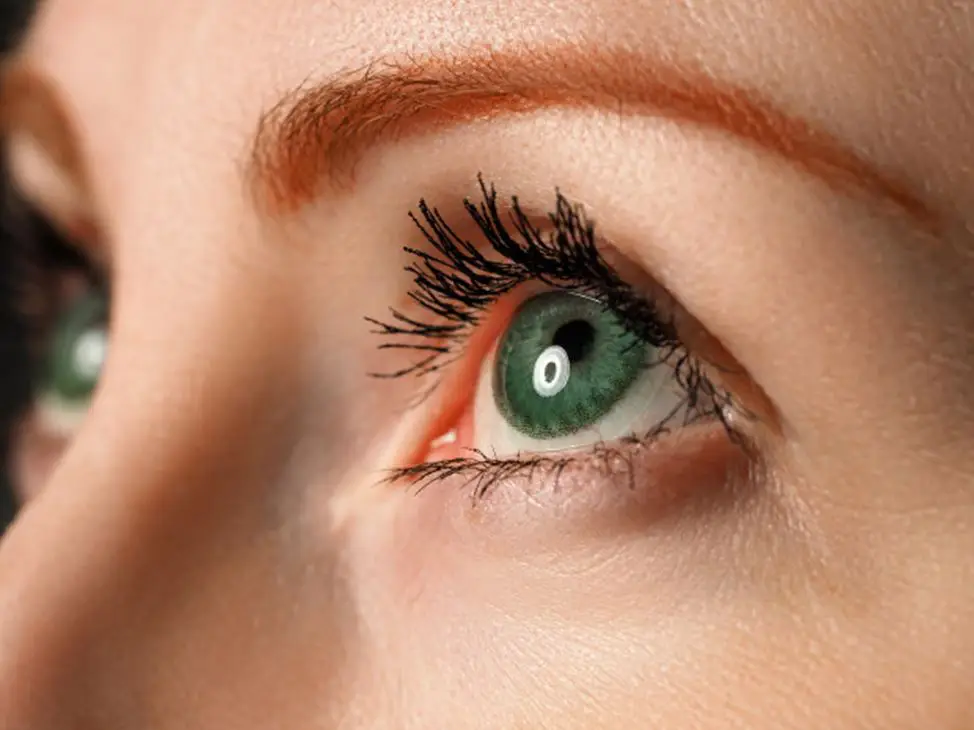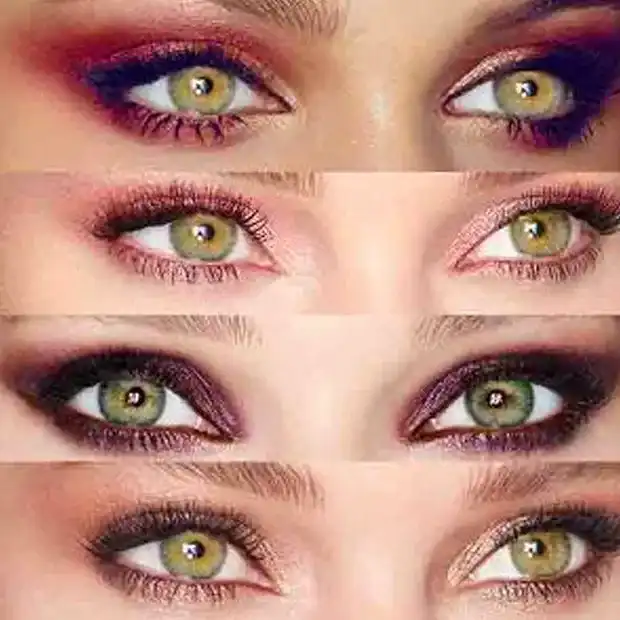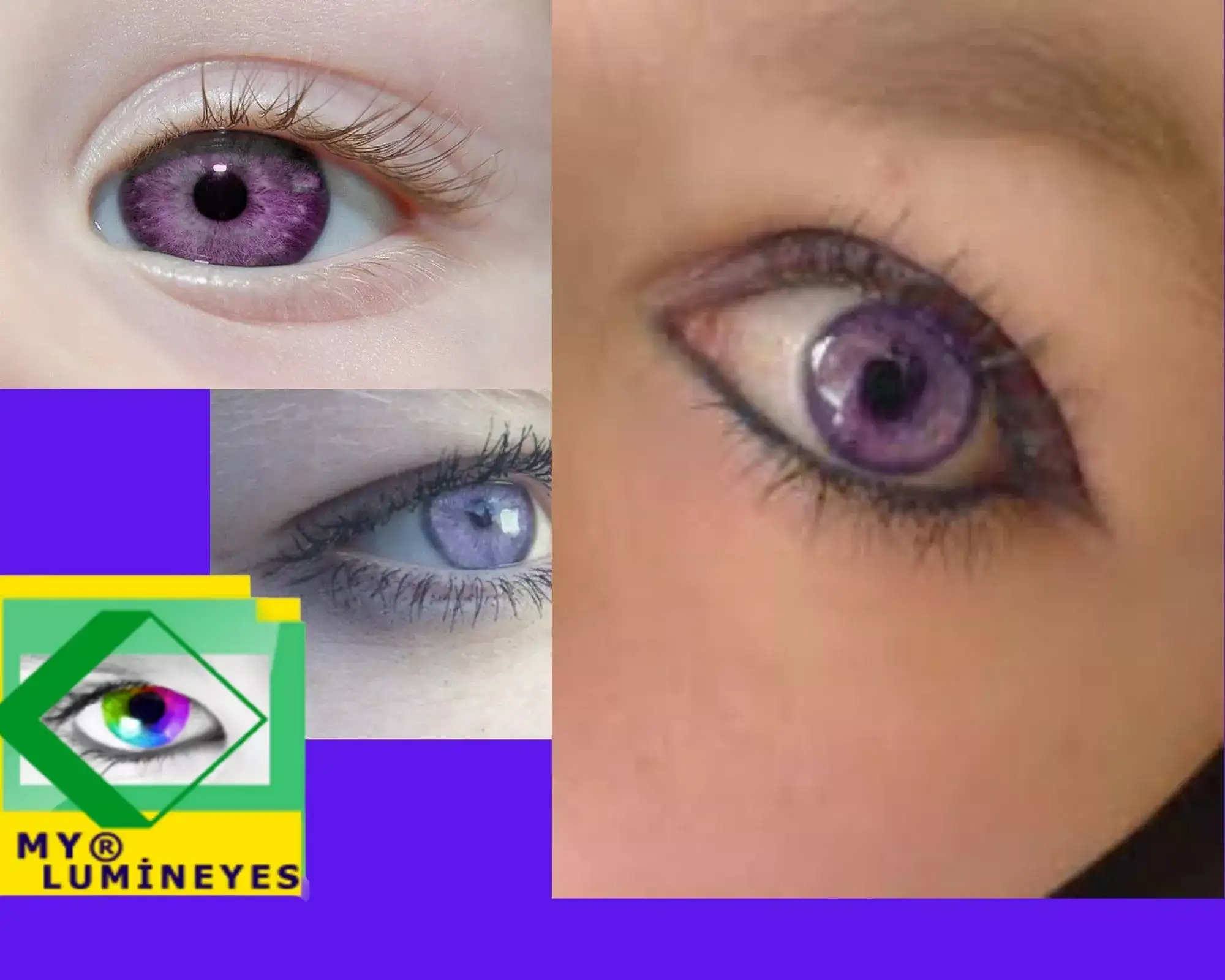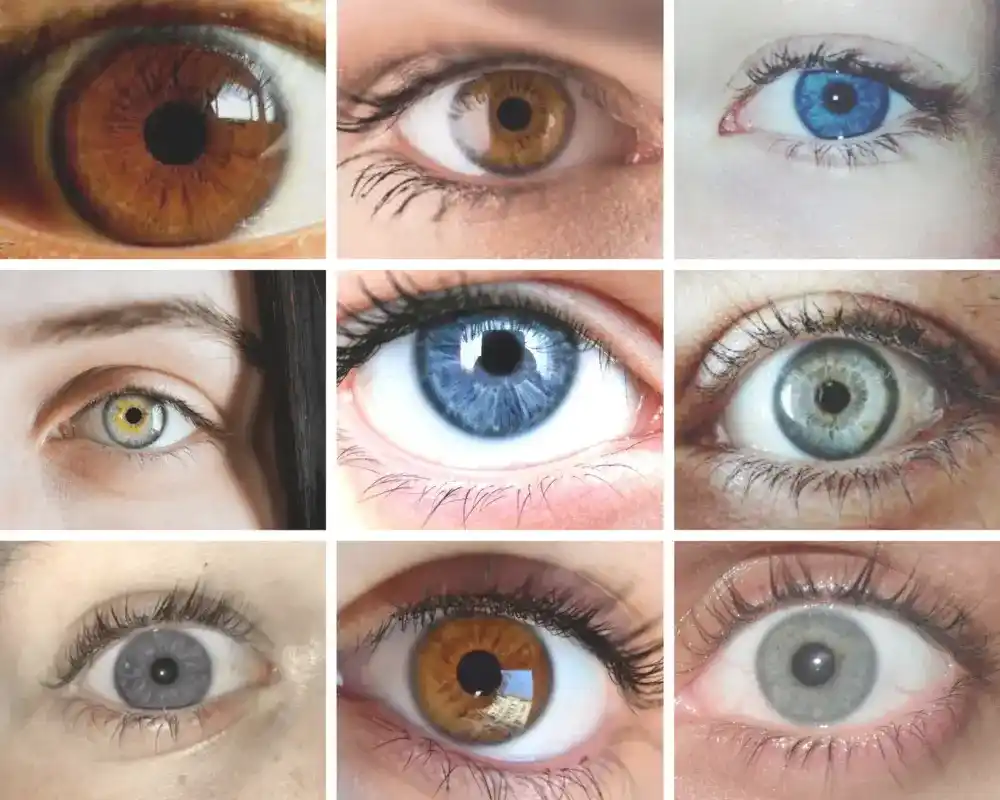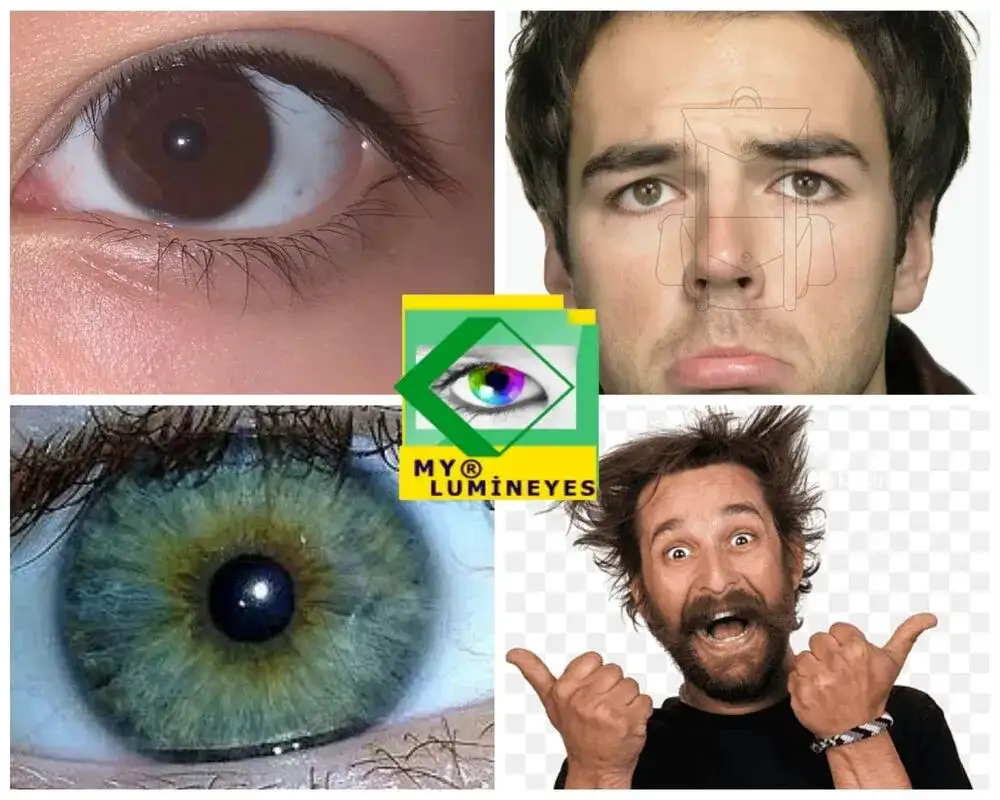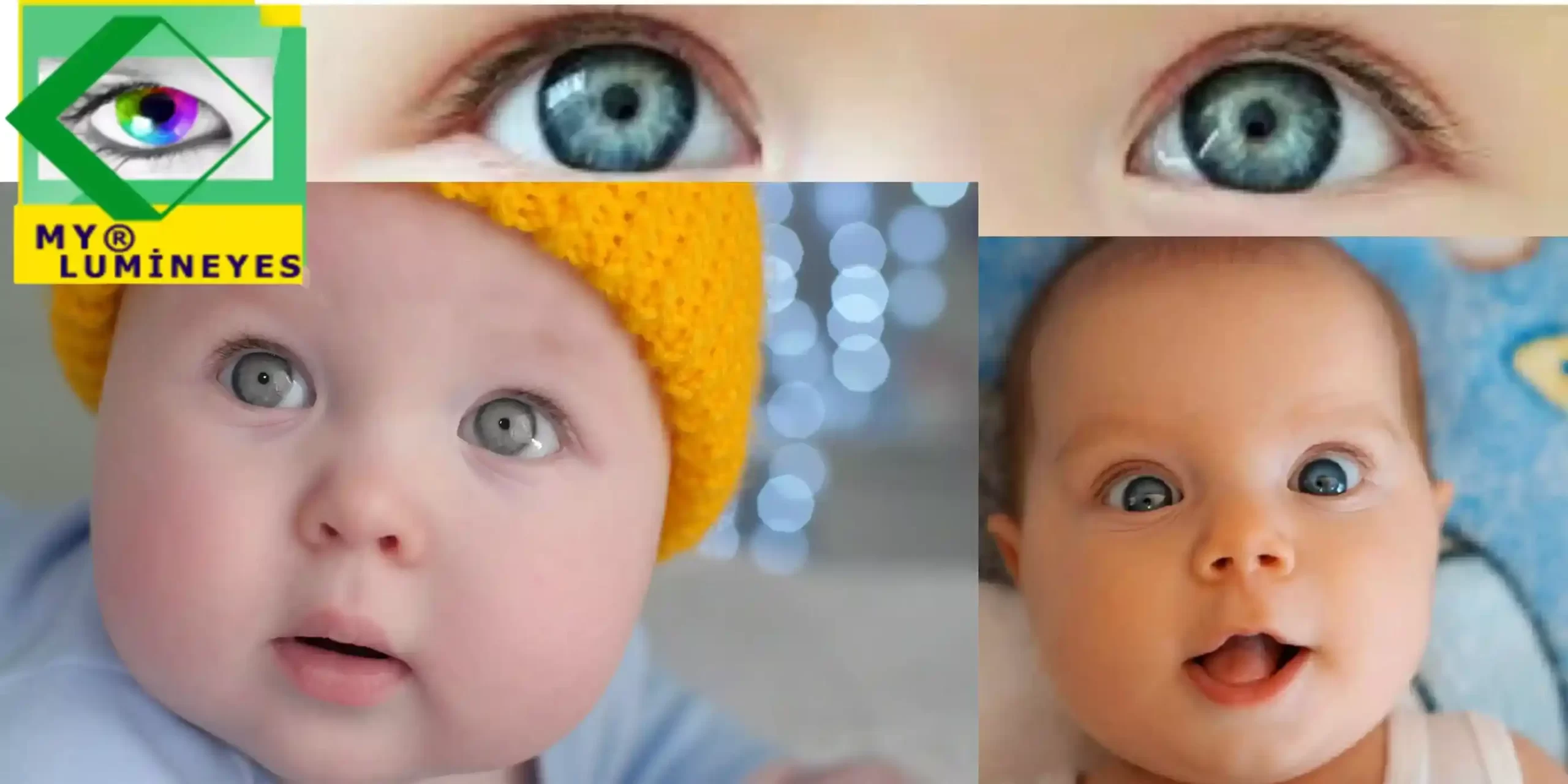Color Contact Lenses
Color contact lenses are widely used for cosmetic purposes to temporarily change the appearance of the eyes. Although they are common, these lenses require strict hygiene and professional fitting to prevent complications. Many users are unaware that cosmetic lenses carry the same medical risks as prescription lenses.
The main function of a color contact lens is to alter the perceived iris color by covering the natural pigment with an opaque or tinted design. While the visual effect can be significant, these lenses do not modify the real iris pigment; the change is entirely superficial.
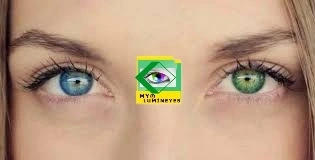
How Do Color Contact Lenses Work?
Colored lenses use micro-patterned designs that mask the natural iris color. The central zone remains transparent for vision, while the surrounding ring contains the printed color. There are three main types: visibility tint, enhancement tint and opaque tint. Only opaque lenses can fully change dark-colored eyes.
Even though these lenses are cosmetic, they must be fitted by an eye care professional. Poor sizing or low-quality materials can reduce oxygen flow to the cornea and increase the risk of infection.
Are Color Contact Lenses Safe?
Safety depends on proper use, hygiene and lens quality. Unregulated lenses or lenses purchased without medical supervision can cause corneal abrasions, infections, allergic reactions and long-term damage. The cornea is highly sensitive, and even small irritations should not be ignored.
Serious complications may occur when lenses are worn for long hours, shared between individuals or used without proper disinfection. Regular follow-up with an eye specialist is essential for long-term safety.
Common Risks of Color Contact Lenses
Potential risks include:
• Corneal inflammation (keratitis)
• Reduced oxygen transmission
• Dryness and irritation
• Microbial infection
• Vision fluctuations
• Corneal scratches due to poor fit
If any pain, redness or sensitivity to light develops, the lenses should be removed immediately and medical care sought.
Do Color Contact Lenses Permanently Change Eye Color?
No. These lenses only create a temporary visual effect. They do not interact with or modify the natural iris pigment. Once the lens is removed, the original eye color remains unchanged.
For individuals researching long-term eye color change, the only medically controlled method that works on natural melanin is described here: Laser Eye Color Change.
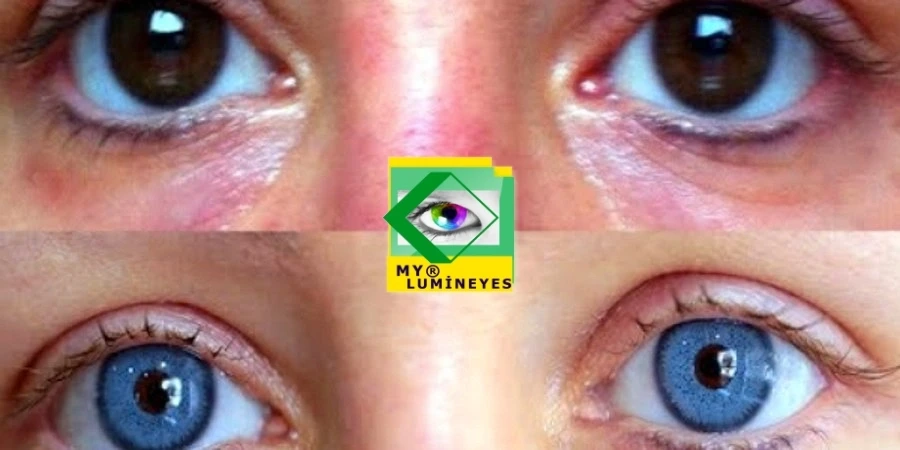
Who Should Avoid Color Contact Lenses?
People with recurrent eye infections, dry eye disease, corneal sensitivity or allergic conditions may experience discomfort or complications with colored lenses. A professional examination is recommended before trying any cosmetic lens.
Proper Use and Hygiene
To reduce risks, color contact lenses should be stored in sterile solution, cleaned regularly and replaced according to the recommended schedule. Sleeping or swimming with lenses is not advised. Cosmetic lenses should never be shared, even for brief use.
Conclusion
Color contact lenses can provide a temporary aesthetic change when used responsibly. However, they carry significant risks if purchased or worn without medical guidance. Proper fitting, hygiene and awareness of complications are essential for safe use.
FAQ—Color Contact Lenses
Are colored contact lenses safe?
They are safe when professionally fitted and properly cleaned, but unregulated lenses carry a high risk of infection.
Can colored lenses change my eye color permanently?
No. They only create a temporary cosmetic effect. The natural iris pigment remains unchanged.
Can I wear color contact lenses daily?
Daily use is possible, but only with high-quality lenses, proper hygiene, and regular follow-up with an eye specialist.

